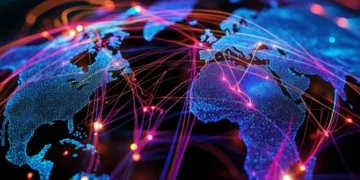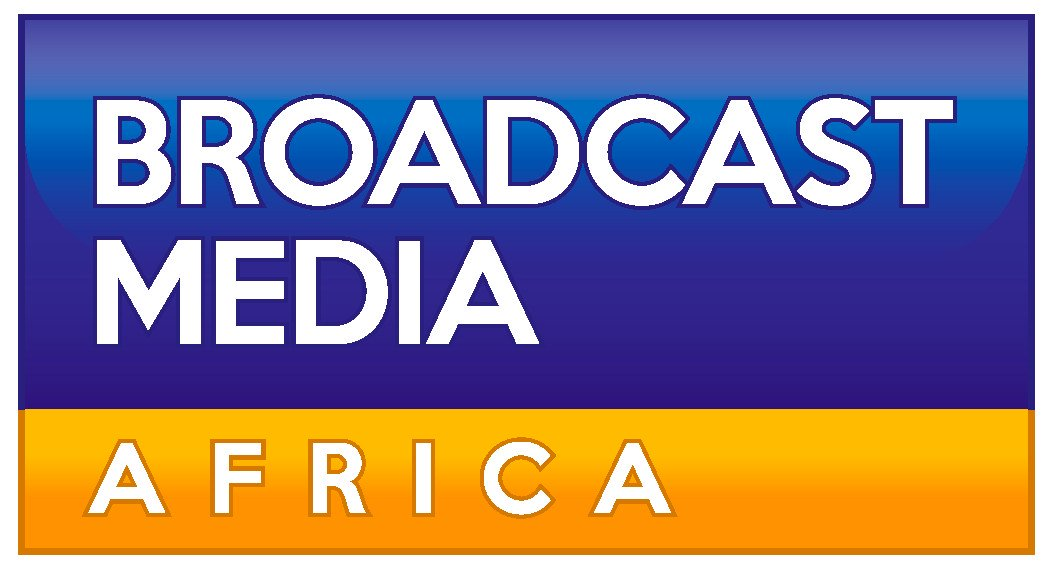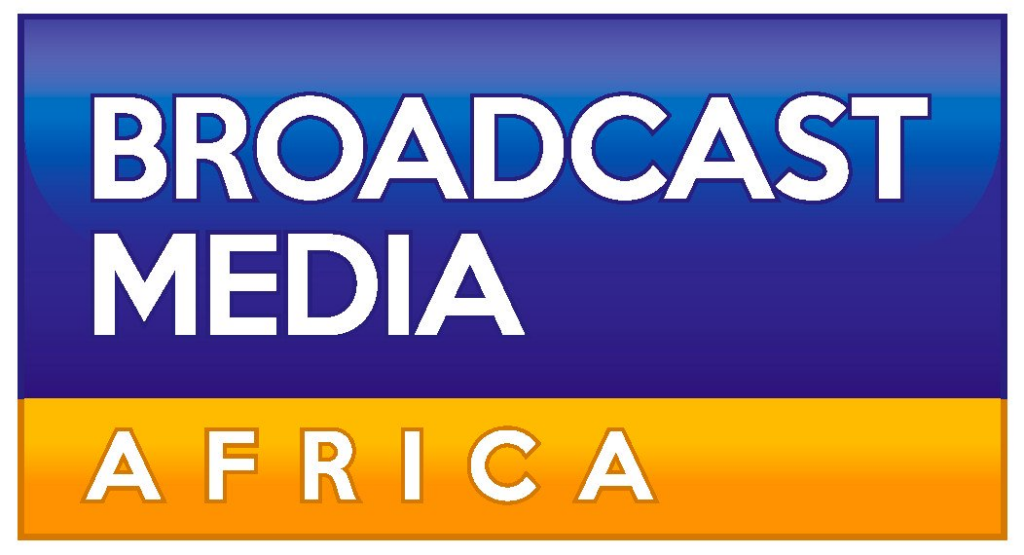
According to the Africa Finance Corporation (AFC), Nigeria urgently needs to expand its fibre-optic infrastructure to meet broadband goals and accommodate increasing digital demands. In its State of Africa’s Infrastructure Report 2025, the AFC highlights that digital connectivity represents a significant challenge in Nigeria’s infrastructure landscape, warning that millions of citizens could be left behind in the digital economy without immediate action.
Nigeria has approximately 35,000 kilometres of fibre-optic cable laid, which falls far short of the expanding requirements for fast, affordable internet access. The Nigerian government has proposed an ambitious plan to increase this network by 90,000 kilometres, aiming for 125,000 kilometres over the next three to five years. This expansion would position Nigeria as having the third-largest terrestrial fibre network in Africa, following South Africa and Egypt.
The AFC’s report stresses that improving infrastructure alone won’t suffice. The high costs of powering telecom operations, especially in rural areas, pose significant barriers. As of April 2025, Nigeria’s internet penetration stood at 48.15%. Telecommunication companies consume over 40 million litres of diesel monthly, resulting in energy expenses exceeding $350 million annually. In off-grid regions, the reliance on diesel generators exacerbates costs and limits service.
To overcome these hurdles, the AFC advocates for sustainable energy solutions and infrastructure sharing among telecom operators. Telecom Energy Services Companies are recommended to implement hybrid power systems combining solar energy and battery storage to reduce reliance on diesel.
Furthermore, infrastructure sharing has proven to be a cost-effective strategy for expanding rural networks. As Nigeria strives to secure $7 billion annually in digital infrastructure investment, a coordinated approach involving sustained investment, energy reforms, and regulatory support will be essential in bridging the digital divide and realising the nation’s digital potential.


















